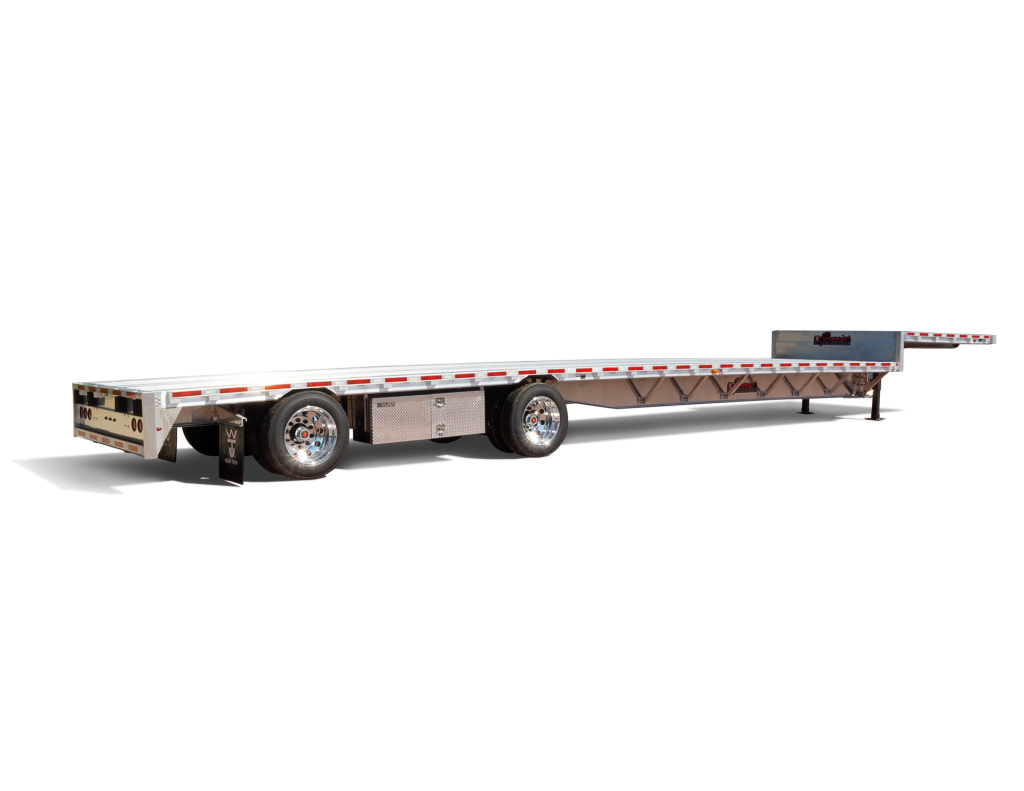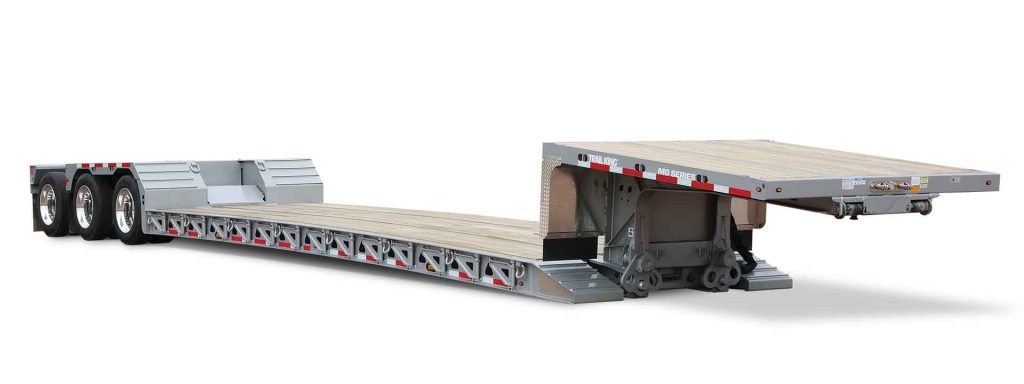Drop Deck vs. Step Deck: Key Differences and Which One to Choose
When you’re hauling oversized or heavy loads, choosing the right trailer can make all the difference. Two common types of trailers that fit the bill are drop deck and step deck trailers. Though similar in purpose, they have distinct features that make them suited to different types of freight. If you’re unsure which is right for your needs, below are the key differences to help you make an informed decision.
What Is a Drop Deck Trailer?
A drop deck trailer is designed with a lower deck height than a traditional flatbed, which allows it to carry taller loads while staying within legal height restrictions. There are two primary types of drop deck trailers: single-drop and double-drop.
- Single-drop: This type of trailer features a dramatic drop in the middle of the deck, providing a significant reduction in height compared to a flatbed. It’s great for carrying tall or oversized loads, such as construction equipment or large machinery.

- Double-drop: As the name suggests, this variation has two drops—one near the front of the trailer and another near the back. This allows for even lower clearance, making it ideal for especially tall equipment that needs more room to pass under overpasses and bridge

What Is a Step Deck Trailer?
A step deck trailer is similar to a drop deck but has a more gradual incline, creating a “step” between the front and rear sections of the trailer. This design lowers the cargo deck at the back, but the drop isn’t as steep or as extreme as in a drop deck trailer.
This type of trailer offers increased clearance over flatbeds, which is useful for hauling moderately tall loads that might not clear the height limits of a standard flatbed but don’t require the extreme drop of a double-drop deck.
Key Differences in Design and Functionality
One of the most noticeable differences between drop deck and step deck trailers is the height and clearance they provide.
- Drop Deck: The drop deck trailer offers a significant reduction in height, particularly in the double-drop design, which features a lower middle section and, in some cases, a further drop in the rear. This design allows for taller cargo to be hauled, such as large construction machinery, heavy vehicles, or oversized industrial equipment.
- Step Deck: On the other hand, step deck trailers have a more gradual drop between the front and rear sections. While they still provide additional clearance over a standard flatbed, the drop is less extreme than a drop deck. This makes step decks ideal for hauling cargo that is taller than what a flatbed can handle but doesn’t need the dramatic lowering provided by a drop deck.
Which Trailer Is Right for Your Cargo?
When deciding between a drop deck and a step deck trailer, it’s important to consider the type of cargo you’ll be transporting.
- Drop Deck: If your cargo is significantly taller than what a flatbed can carry—such as oversized machinery, industrial equipment, or construction vehicles—then a drop deck, particularly a double-drop, is the way to go.
- Step Deck: If your cargo is just slightly taller than what a flatbed can accommodate but doesn’t need the extreme drop of a double-drop deck, then a step deck will likely be the better option.
Understanding the differences between drop deck and step deck trailers is essential for selecting the best trailer for your hauling needs. Drop deck trailers are ideal for tall, heavy, or oversized equipment, while step deck trailers provide a more gradual, flexible solution for moderately tall loads.
At Great Western Trailer, we offer both drop deck and step deck trailers for sale, rent, and lease, helping you find the perfect solution for your transportation needs. Please visit www.greatwesterntrailer.com and navigate to the LOCATIONS tab to call the location closest to you. Our representatives are ready to assist you with your inquiry.

